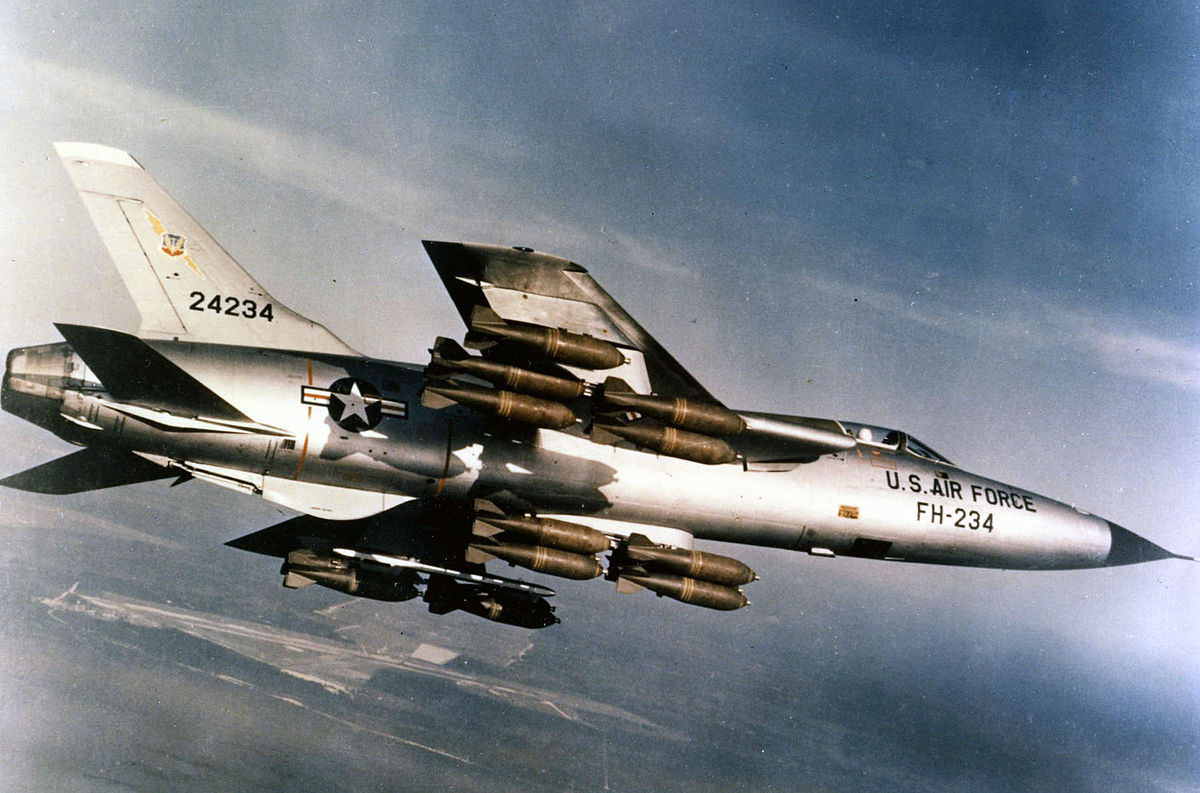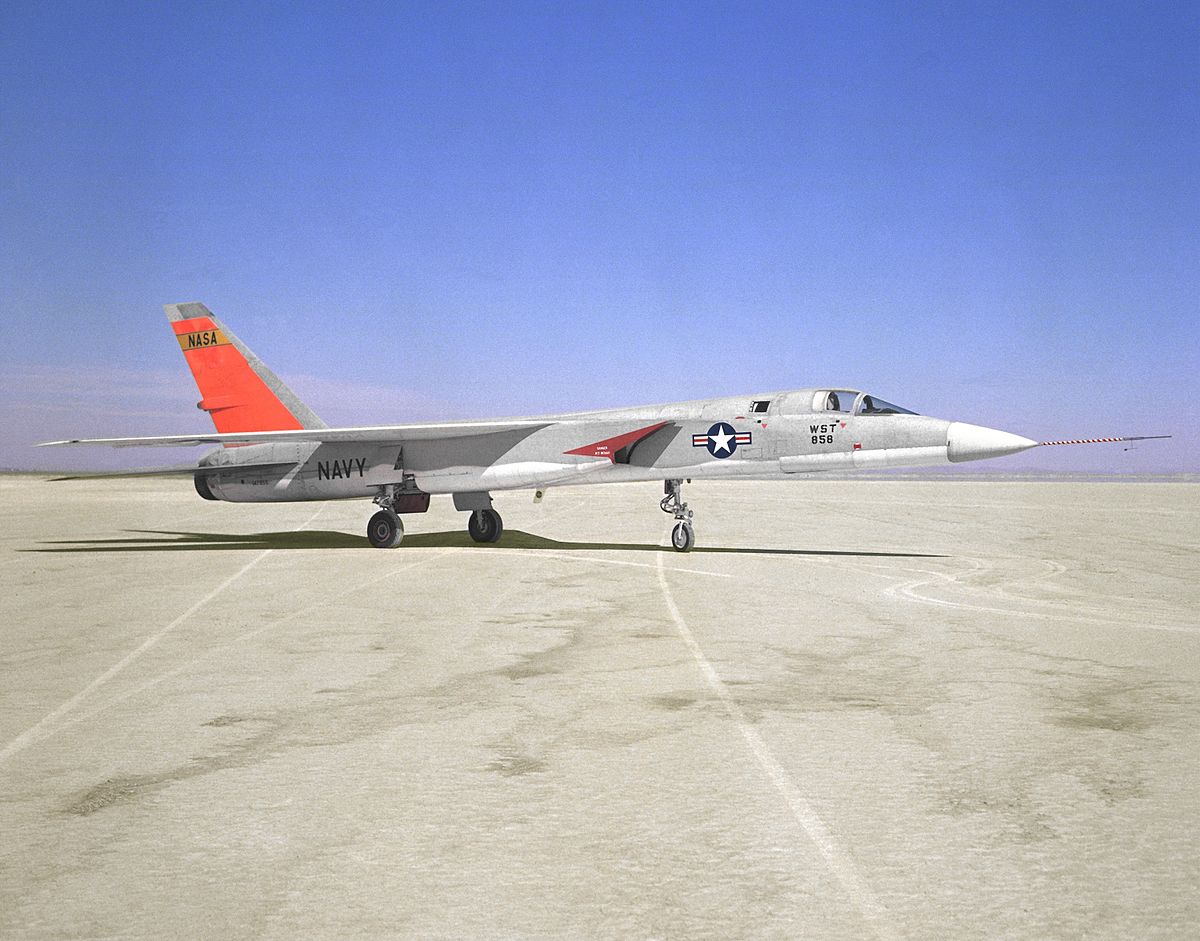Fings They Don't Teach Us at We Wuz Robbed School
NS. Or, to present the politics-of-business another way...
(Above GenAv) Aero was (is?) Munitions-driven and no Nation relishes profit by
Merchants of Death, so...Regulated microscopically, Export Licences, monopsony, scrutiny of spend to exclude valueless bookings (
cost-plus was not all gravy - only "admissible" cost clawed any "plus").
Firms' upside for listening to the Man: near-Guaranteed survival-in-
the-National Interest, so work assigned without the faff of earning it in competition. That's why the
Dot.com boom of 1935-38 was Aero. No free market/
survival of the fittest here.
Tax-payers' Downside: Moral hazard - firms were
Too big to fail. So we pay, nasally: not only GW, but also.
In common with everybody else, always, in UK Aero, RR could not spell R&D Commercial Risk because they had never encountered it. Neither Merlin nor Derwent were
RR's best products. they were 2 of
our best engine investments. We (=a Ministry with our taxes) owned them. We sold licences for money*, most of which we, not the firm, kept.
Purge from your memory any link between the words
Private Venture and
UK Aero Industry before very, very recently. Purge in particular assertions that Merlin, Spitfire, Hurricane, Mosquito, Avon were PV. Shamefully as we were trying in 1938 to build kit NOW!, RR claimed proprietary ownership of Merlin, as did Supermarine's MD for Spitfire. We got him fired, Vickers Board said, sorry, he was unauthorised, and put things right.
RR's
Hives avoided the same fate by "courageously" offering to Manage a Ministry Merlin shadow in Glasgow.
Near-All Basic Research in all Munitions fields was in Govt. Research Establishments, put free into industry for Applied Research, Development, Production Investment...near-all of which we paid for. Does any Govt. want PV Munitions? We paid for it in 2 ways, 1 obscure: that's why myths could fly, of Private Enterprise prevailing over paper-pushing plodders.
1: we could place an R&D contract. That gave us Free User Right for Defence Purposes of the design, so we could put it out for production to whomsoever we might choose. That's why Ford/UK and Packard could build Merlins. To thwart that, firms might start a new scheme on an Internal Works Order not tied to a Ministry Job No...but every booked man-hour would pass across a very high desk before Approval. That's how RR could attempt to undermine Ministers' purpose, and assert "ownership" of PV12. But...(all piston Aero-engines are "influenced" by others) it drew on (Curtiss D-12 and/or Fairey P.12 Prince if you are so inclined) Kestrel, ran problematically, before attracting a
to-Type-Test A.M. contract, accessing RAE and other input. Then we paid, high and long.
Whittle's gyrones were Merchant Bank (Vulture)-financed through first runs, then were A.M. funded, such that MAP could, in its own good time, take work from aero-outsiders (Rover, BTH, Vauxhall) and assign it to established aeronauts. The RR/Rover deal (Whittles for tank engines) was brokered by us; we paid to evolve Derwent.
Or,
2: "PV" R&D collected bookings to these Internal Works Orders, then massaged Ministry
Technical Costs (Overheads) officials into admitting them as "cost" to be spread as overhead on Ministry
cost-plus prices. If/when successful, the firm got the money back...later.
(* We put Merlin into Packard free of royalty. Like UK gave us BSA/Browning guns, Plessey/Pesco fuel pump, Plessey/Coffman/Breeze cartridge starter, DH (Ham.Std.) and ROTOL (Curtiss-Wright) propellers. Free.
We licensed Derwent to Pratt free, likewise (though somehow
Keynes, settling
Lend/Lease, got $800K within
Reverse Lend-Lease). After 8/45 we all went back to business. Pratt paid good money 1947/48 to license Nene/Tay).
All this was under US/UK
Patent Interchange Agreement, 24/8/42. Which is not taught in school.
.

 en.m.wikipedia.org
The only UK analogue to Thunderchief the Hawker 1121 is still only a mockup while the F105 is finally getting ordered for the USAF in the late 50s.
en.m.wikipedia.org
The only UK analogue to Thunderchief the Hawker 1121 is still only a mockup while the F105 is finally getting ordered for the USAF in the late 50s.
 en.m.wikipedia.org
Vigilantes with a very similar capability and role to TSR2 were in squadron service before the prototype TSR2 even flew.
en.m.wikipedia.org
Vigilantes with a very similar capability and role to TSR2 were in squadron service before the prototype TSR2 even flew.

